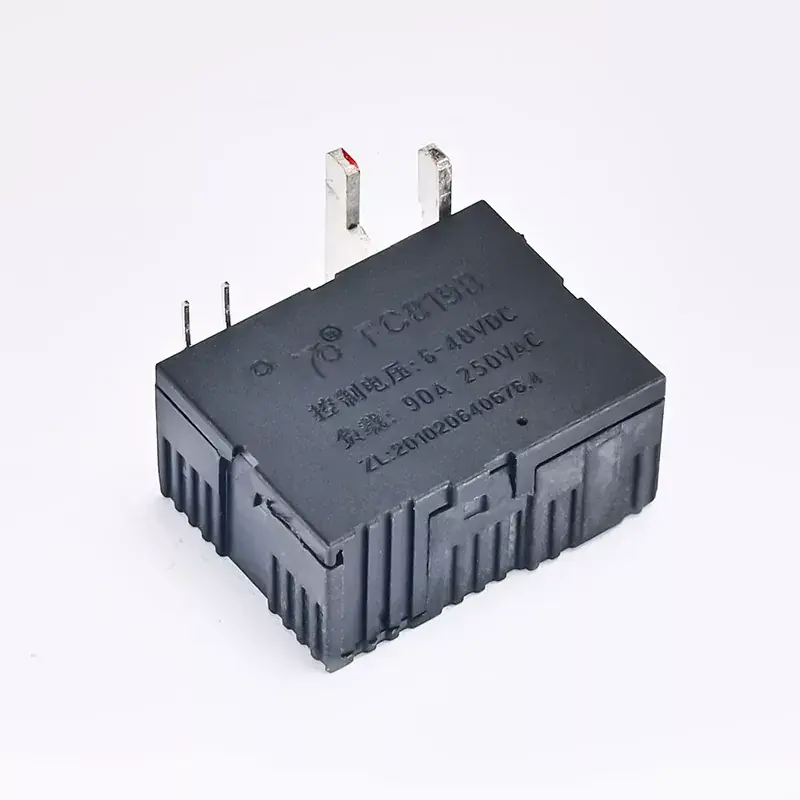What is a Latching Relay and How Does It Work?
2025-01-20
Latching relays are a crucial component in modern electrical and electronic systems, enabling efficient energy use and reliable circuit switching. But what exactly are they, and how do they work? Let’s delve into the basics.
What is a Latching Relay?
A latching relay, also known as a bistable relay, is an electrically operated switch that maintains its position even after the actuating power is removed. Unlike standard relays, which revert to their default state when the power is off, latching relays require a separate pulse of electricity to switch between their ON and OFF states.

How Does It Work?
Latching relays operate using one or two coils. Here's a breakdown of their functioning:
1. Single-Coil Latching Relays:
A single pulse of power energizes the coil, changing the relay's position. The relay then "latches" in its new state until another pulse is applied, reversing the position.
2. Dual-Coil Latching Relays:
These relays use two coils, one for each direction (ON and OFF). Energizing one coil sets the relay, while energizing the other resets it.
The magnetic or mechanical system inside the relay ensures the contact position is retained without continuous power, reducing energy consumption.
Applications of Latching Relays
Latching relays find widespread use in applications where energy efficiency and reliability are crucial, including:
- Lighting Control Systems: Automatically switching lights on and off without drawing continuous power.
- Home Automation: Controlling smart devices and ensuring they maintain their state during power outages.
- Industrial Equipment: Managing motor operations and reducing standby energy use.
Advantages of Latching Relays
- Energy Efficiency: They only use power during the switching process.
- Durability: Less wear and tear due to reduced coil heating.
- State Retention: Ideal for scenarios requiring state memory after power loss.
Latching relays are a vital innovation for power-sensitive and reliable switching systems. Understanding their operation can help you select the right type for your specific application.


